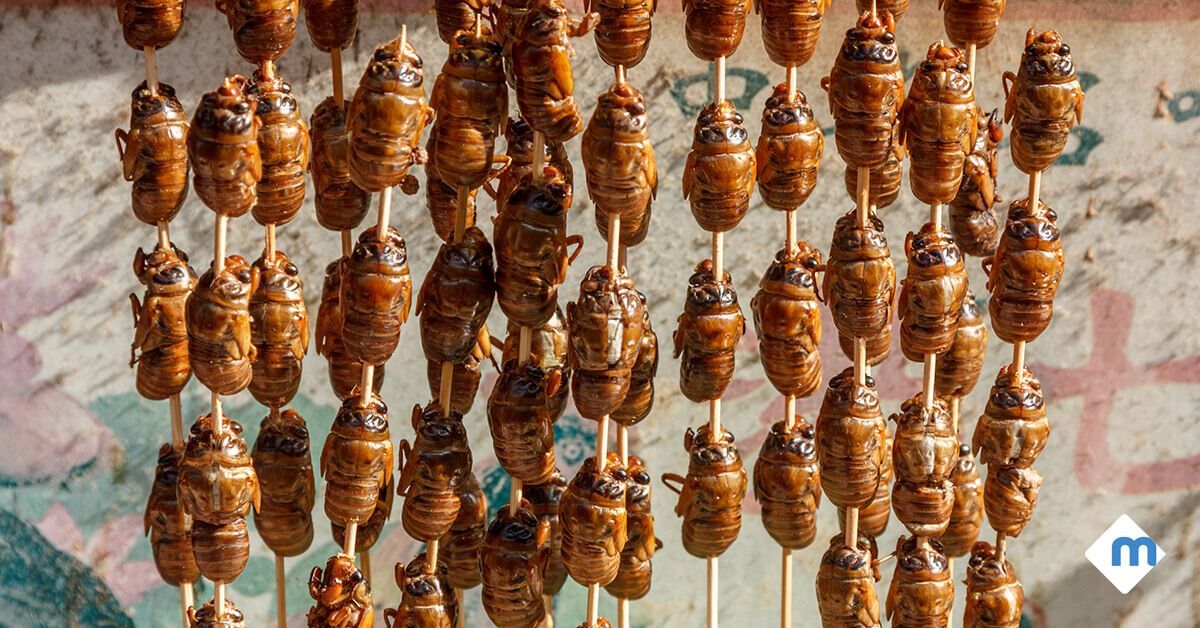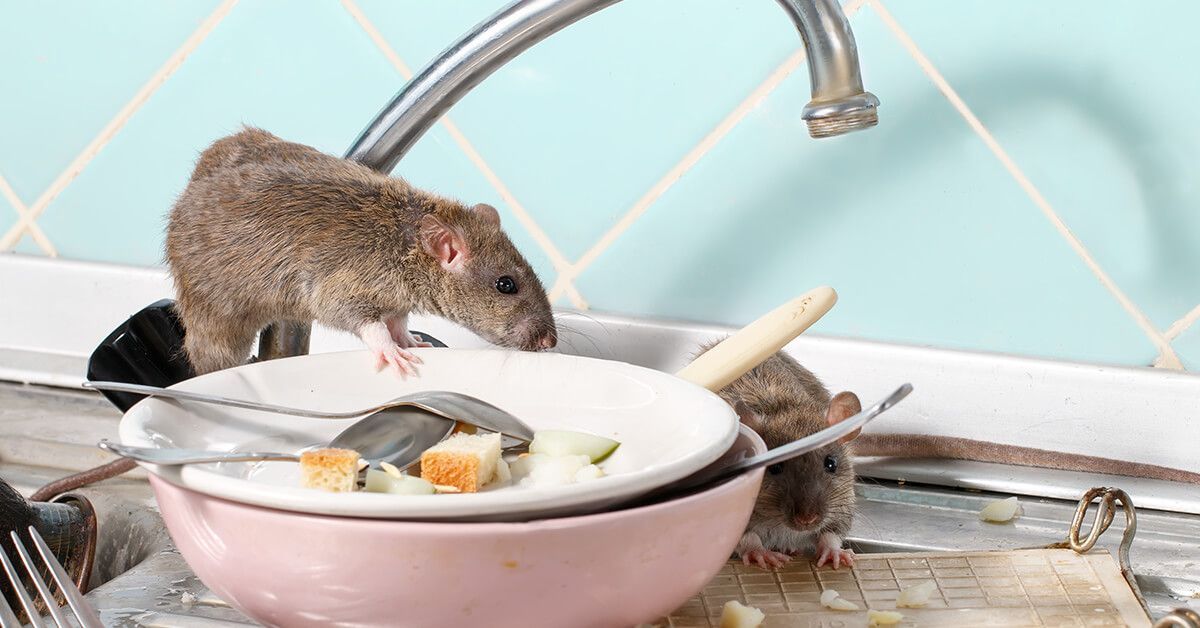The month of June is caterpillar season, and you’ll probably see fluttering white moths over your garden. When you do, keep an eye out for their offspring, caterpillars.
Having their bright green color makes cabbage looper caterpillars easy to identify among your plants. Give yourself a chance in fighting these pests by buying a BT, which stands for Bacillus thuringiensis. BT is a bacteria that kills caterpillars without damaging your crops. It is best to use this when an outbreak of cross-striped cabbage worms begins. When a looper consumes a bt-sprayed leaf, the bacteria begin to consume the worm from the inside out. BT is low cost, lasts a long time, and only harms caterpillars.
Find out more on how you can get rid of these pests with our natural pest control techniques.
WATER WITH SOAP
A more practical insect control system is to knock pests with the help of soap & water if you are not keen to spray a natural pest management system such as BT. This approach is effective against larger bugs such as worms, slugs, Japanese beetles, and stink bugs. When knocking Japanese beetles into soapy water, the only trick is to cover them as you bump them into the container. Or else, they will fly away to avoid the suffocating suds.
BIRDS
In the war against bugs, Birds are a great buddy. It’s hard to beat these bug-eating machines when it comes to natural pest control. Install a birdbath and a few wren houses and birds will visit plants to seek pests and will help you get rid of them. You may sometimes find cabbage worm frass (poo) but no worms, this just means that a bird might have made quick work of that worm on your behalf.
WATER HOSE
If your first impulse is to spray something when you see bugs, take out the hose. Many pest problems can be eliminated with a hose’s spray. Adjust the hose nozzle to produce powerful water pressure enough to dislodge pests without harming the plants. Bugs aren’t especially bright. For crawlers, just remove them a few feet from where they were found and that will solve the problem.
TRIM YOUR PLANTS
When pest infestations become serious, grab a pair of scissors or garden shears and cut the stems back. You may lose some sprouts, but most plants can recover from a midsummer trim with another round of growth and maybe even a few blooms.
Although insects do not necessarily destroy the plant, they can spread diseases that weaken the plant. If the plants are too close to your house, insects will enter it or invite other unwanted pests to nest inside.
CRUSH EGGSHELLS
Using a coffee grinder, crush clean & dry eggshells to make a razor-sharp product that can be used to keep slugs away. Simply scatter shells around the base of your plants. Make a layer that isn’t perfectly smooth, but has jagged edges sticking out. When shells disappear into the underlying soil or mulch due to heavy rain, replace eggshells. When crushing shells, do not pulverize them into ashes. Look for bits that are about the size of a pencil eraser or slightly smaller.
GET SOME INSECT DUST
Use limestone dust combined with mint as non-toxic pest control. The mint clogs the insect’s breathing systems, and the limestone shreds the exoskeleton (insects wear their skeletons on the outside). The shredded exoskeleton provides pathways for the mint to enter the insect and overstimulate the nervous system. You may use the dust dry or mix it with water to create a liquid spray. You may opt for a brand like Powder Gard. It is effective against earwigs & pillbugs. The label also recommends using it to control other pests such as aphids, ants, and whiteflies.
TRY DIATOMACEOUS EARTH
Diatomaceous earth (DE), also known as insect dust, is the fossilized remains of a water organism known as a diatom. The silica in diatom skeletons dries out & kills insects. Sprinkle DE around the base & on the leaves of the infested plants. When dealing with it remember to use a surgical mask.
DIY INSECTIDICAL SOAP
Many pest outbreaks can be managed with a simple solution of mild liquid soap and water. Soap’s fatty acids dehydrate insects by breaking down their exoskeletons. It is particularly effective against insects such as aphids, mites, white flies, and thrips. Most people use this remedy not only because it is cost-effective, but it is also more environmentally friendly.
Be sure not to use dish detergent, which is deficient in fatty acids. To ensure that your solution will not damage the plant, test it on a few leaves first. If your spigot delivers hard water, use bottled water.
You only need two ingredients, dish soap & water. Mix 1 tablespoon of soap per quart of water, or 4 to 5 tablespoons of soap per gallon of water. Mix thoroughly and use it right away. For better results, uniformly coat contaminated plants from top to bottom. For the soap-spray to operate, it must come into contact with the insects.
USE BENEFICIAL BUGS
Not all insects are bad, Many growers recognize the help provided by beneficial insects/bugs as well as the injury done by harmful ones. Build a population of beneficial insects in your garden for the ultimate in natural pest control solutions. Most beneficial insects prefer small flowers for nectar or pollen collection. Plants such as dill, Queen Anne’s lace, fennel, and joe-pye weed produce big, flat flowerheads with many tiny blooms. Allowing clover to flourish in your lawn often provides a habitat for beneficial insects to eat and hide.
These are all great, natural ways to take care of bugs in your garden. When it comes to pests in your home, this is a much tougher situation. It’s best to hire a professional. Call Bama Exterminators today and we’ll give you a free, no-obligation quote and break down exactly how we can help you with your pest control needs.




